
Text copyright 2016 Jessica Probus. Illustrations copyright 2016 Alice Mongkongllite. Design and concept copyright 2016 Ulysses Press and its licensors. All rights reserved. Any unauthorized duplication in whole or in part or dissemination of this edition by any means (including but not limited to photocopying, electronic devices, digital versions, and the Internet) will be prosecuted to the fullest extent of the law. Published in the US by: ULYSSES PRESS PO Box 3440 Berkeley, CA 94703 www.ulyssespress.com ISBN: 978-1-61243-580-0 Library of Congresss Conrol Number: 2015952123 10 9 8 7 6 5 4 3 2 1 Acquisitions editor: Casie Vogel Managing editor: Claire Chun Copy editor: Renee Rutledge Cover design: Alice Mongkongllite Interior design: Jake Flaherty Distributed by Publishers Group West
To my mom and dad, who knew how to make every space into a home, and to Caroline, who gave my wild heart a place to nest. JP
To my mom, Ray, Michael, and Loki. AM Table of Contents
Guide
Contents The path to ones dream home is often littered with obstacles and complicationsmoney, location, timing, furnishings, and everything in between.
This book is meant to simplify all of that. These cheat sheets are here to provide uncomplicated ways to make anywhere you reside a more functional, warm, and open space where the furnishings and decor arent the main attraction, but instead are the seamless backdrop for the kind of life you want to live there. Whether youre still looking for your first apartment or moving into your seventeenth home, the tips in this book will help you make small adjustments that can have a big impact, from raising the curtains to make a ceiling look higher to moving a table to allow for better walking space. And whether you have your heart set on an ikat cabriole or you cant tell the difference between a chaise lounge and a chesterfield, these visual guides will make each of these tips easy to understand. Just like the completion of any home, the cheat sheets in this book are meant to be used as a process not to be tackled in one day or even one year, but consulted as needed over time to make the kind of slow, purposeful improvements that turn a few walls and some well-hung curtains into an actual home. And while many of these rules are designed to make your space more comfortable and functional, the most important reason to learn any rules is to know when and how to break them.
How to Use This Book Furniture styles can be divided into three main categories: modern, transitional, and classic. While most homes have an eclectic mix of all these styles, if youre not sure what you like, heres a basic explanation of how these terms are used in this book: Modern refers to a more streamlined look with clean lines and minimalist shapes. Modern furniture is often done in lighter woods, or alternative materials like metallics or molded plastics. Transitional style furniture is often a mix of wood and upholstery, with soft lines and simple silhouettes that can work in lots of different homes. Transitional furniture is more relaxed, with more cushioning and less defined features than modern or classic styles. Classic refers to an older and more traditional look of furniture, like reproduction antiques.
Classic furniture is often made with dark woods, curved lines, and heavy fabrics like brocades and velvets, and is usually less comfortable than transitional or modern styles. Some of these cheat sheets can be used simply to improve your design vocabulary, which will give you a leg up when talking to salespeople or searching online for your ideal look; searching for a tight back Lawson will get you much better results than just searching sofa. For those who already have a good idea of their home style, other sections will give you some tricks to take each rooms design to the next level and add the finishing touches to any space that still needs a little work. Finally, if you get through this book and make all the improvements you need, the Resource Guide at the end of the book will give you tons more places to continue your home design education. Choosing a sofa is a big decision, not only because of the cost, but also because they set the tone for the style of the room. While all furniture designers and manufacturers have their own unique names for their sofa models, these are 10 of the most common silhouettes and names for sofa styles, ranging from a more traditional Old World look to a sleek, modern shape.
MODERN  Mid-Century
Mid-Century  Daybed
Daybed 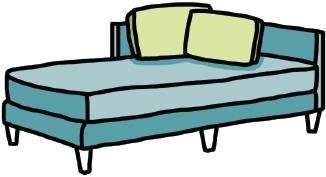 Chaise TRANSITIONAL
Chaise TRANSITIONAL  English Roll Arm
English Roll Arm  Tuxedo
Tuxedo 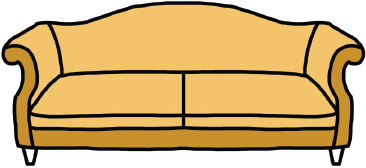 Camelback
Camelback 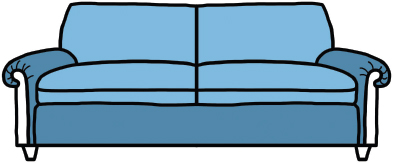 Lawson CLASSIC
Lawson CLASSIC  Cabriole
Cabriole  Chesterfield
Chesterfield 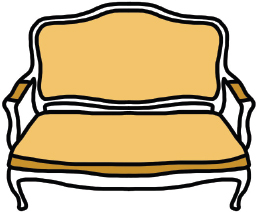 Settee Bench Seat: A single cushion that goes the entire length of the sofa. Camelback: A common type sofa which has a back thats highest in the middle, shaped like a camels hump. Deck: The bottom structure of the sofa where the seat cushions rest. In loose-cushion models, the deck is usually upholstered in a neutral-colored fabric instead of the upholstery material. Left-Arm or Right-Arm: Used to describe which side a chaise is located on a sectional when you are facing the sofa. Loose Cushion: A sofa which has cushions that are not attached to the sofa base.
Settee Bench Seat: A single cushion that goes the entire length of the sofa. Camelback: A common type sofa which has a back thats highest in the middle, shaped like a camels hump. Deck: The bottom structure of the sofa where the seat cushions rest. In loose-cushion models, the deck is usually upholstered in a neutral-colored fabric instead of the upholstery material. Left-Arm or Right-Arm: Used to describe which side a chaise is located on a sectional when you are facing the sofa. Loose Cushion: A sofa which has cushions that are not attached to the sofa base.
These tend to be very comfortable and easier to clean. Some models can have a pillow back with tight seat cushions, some have a tight back with loose seat cushions. Pillow Back: Another term for loose-cushion models where the cushions are not attached to the deck. Rolled Arm: A sofa style with arms that curve outward, usually cushioned. This is a classic and traditional sofa style. Sectional: A sofa that comes in multiple parts that can often be rearranged to make a new shape.
The most common is the L-shaped sectional. Skirt: A section of fabric that extends from the deck of the sofa to the floor, usually covering the legs. Sleeper: Any sofa that can be adjusted to become a bed, whether its a pull-out model or a futon style that leans back. Square Arm: A sofa style with arms that are boxy and usually cushioned. These models are more streamlined and modern. Tight Back



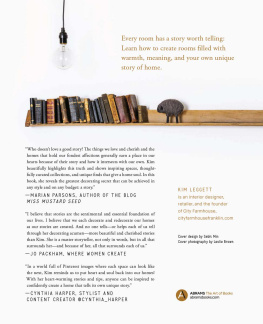
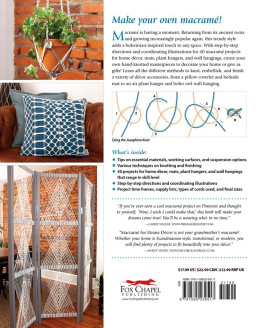
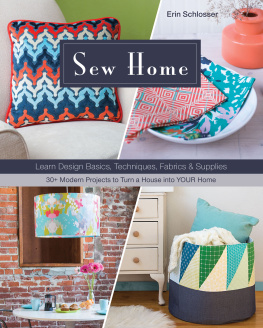

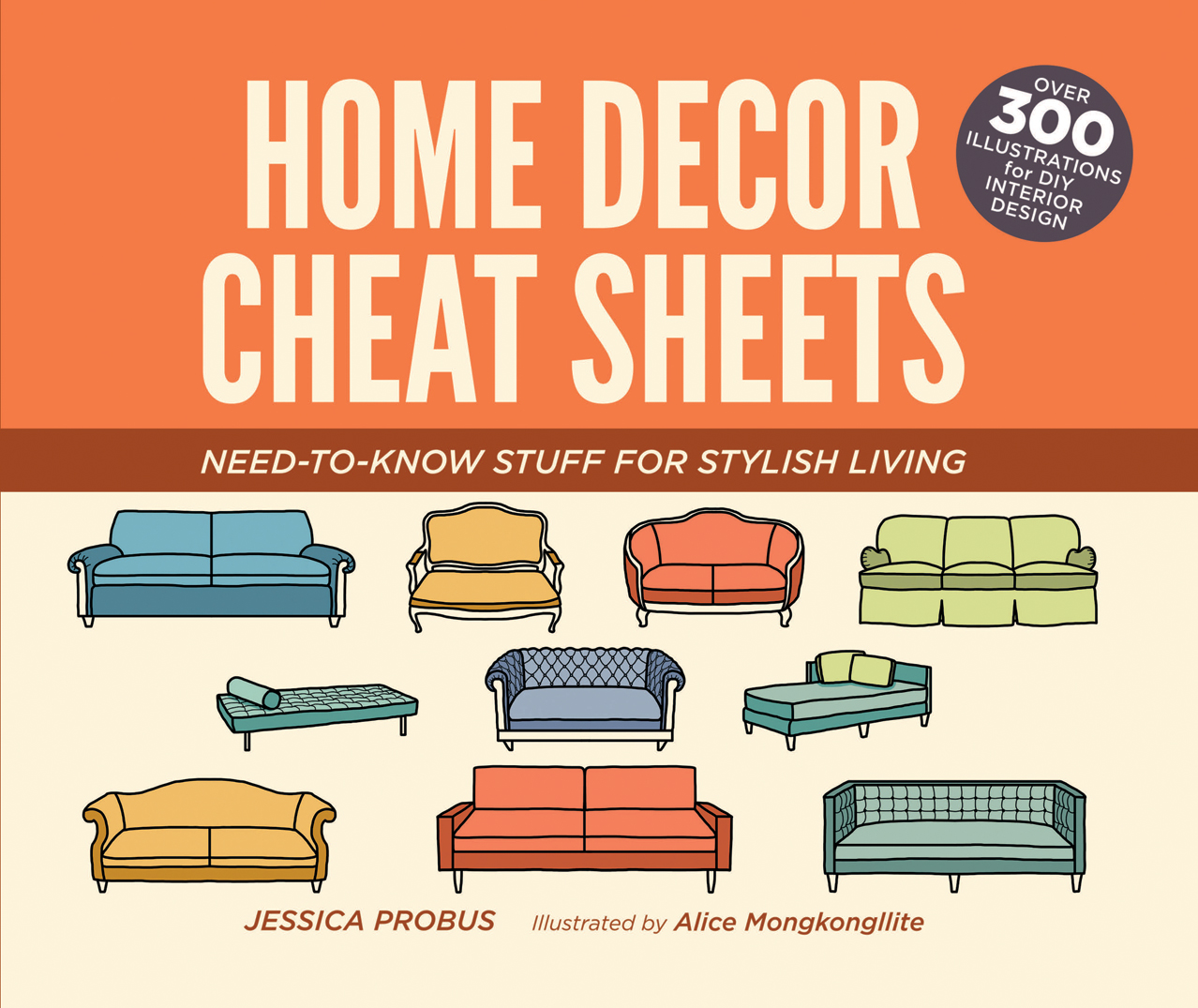
 Text copyright 2016 Jessica Probus. Illustrations copyright 2016 Alice Mongkongllite. Design and concept copyright 2016 Ulysses Press and its licensors. All rights reserved. Any unauthorized duplication in whole or in part or dissemination of this edition by any means (including but not limited to photocopying, electronic devices, digital versions, and the Internet) will be prosecuted to the fullest extent of the law. Published in the US by: ULYSSES PRESS PO Box 3440 Berkeley, CA 94703 www.ulyssespress.com ISBN: 978-1-61243-580-0 Library of Congresss Conrol Number: 2015952123 10 9 8 7 6 5 4 3 2 1 Acquisitions editor: Casie Vogel Managing editor: Claire Chun Copy editor: Renee Rutledge Cover design: Alice Mongkongllite Interior design: Jake Flaherty Distributed by Publishers Group West To my mom and dad, who knew how to make every space into a home, and to Caroline, who gave my wild heart a place to nest. JP To my mom, Ray, Michael, and Loki. AM Table of Contents
Text copyright 2016 Jessica Probus. Illustrations copyright 2016 Alice Mongkongllite. Design and concept copyright 2016 Ulysses Press and its licensors. All rights reserved. Any unauthorized duplication in whole or in part or dissemination of this edition by any means (including but not limited to photocopying, electronic devices, digital versions, and the Internet) will be prosecuted to the fullest extent of the law. Published in the US by: ULYSSES PRESS PO Box 3440 Berkeley, CA 94703 www.ulyssespress.com ISBN: 978-1-61243-580-0 Library of Congresss Conrol Number: 2015952123 10 9 8 7 6 5 4 3 2 1 Acquisitions editor: Casie Vogel Managing editor: Claire Chun Copy editor: Renee Rutledge Cover design: Alice Mongkongllite Interior design: Jake Flaherty Distributed by Publishers Group West To my mom and dad, who knew how to make every space into a home, and to Caroline, who gave my wild heart a place to nest. JP To my mom, Ray, Michael, and Loki. AM Table of Contents  Mid-Century
Mid-Century  Daybed
Daybed  Chaise TRANSITIONAL
Chaise TRANSITIONAL  English Roll Arm
English Roll Arm  Tuxedo
Tuxedo  Camelback
Camelback  Lawson CLASSIC
Lawson CLASSIC  Cabriole
Cabriole  Chesterfield
Chesterfield  Settee Bench Seat: A single cushion that goes the entire length of the sofa. Camelback: A common type sofa which has a back thats highest in the middle, shaped like a camels hump. Deck: The bottom structure of the sofa where the seat cushions rest. In loose-cushion models, the deck is usually upholstered in a neutral-colored fabric instead of the upholstery material. Left-Arm or Right-Arm: Used to describe which side a chaise is located on a sectional when you are facing the sofa. Loose Cushion: A sofa which has cushions that are not attached to the sofa base.
Settee Bench Seat: A single cushion that goes the entire length of the sofa. Camelback: A common type sofa which has a back thats highest in the middle, shaped like a camels hump. Deck: The bottom structure of the sofa where the seat cushions rest. In loose-cushion models, the deck is usually upholstered in a neutral-colored fabric instead of the upholstery material. Left-Arm or Right-Arm: Used to describe which side a chaise is located on a sectional when you are facing the sofa. Loose Cushion: A sofa which has cushions that are not attached to the sofa base.